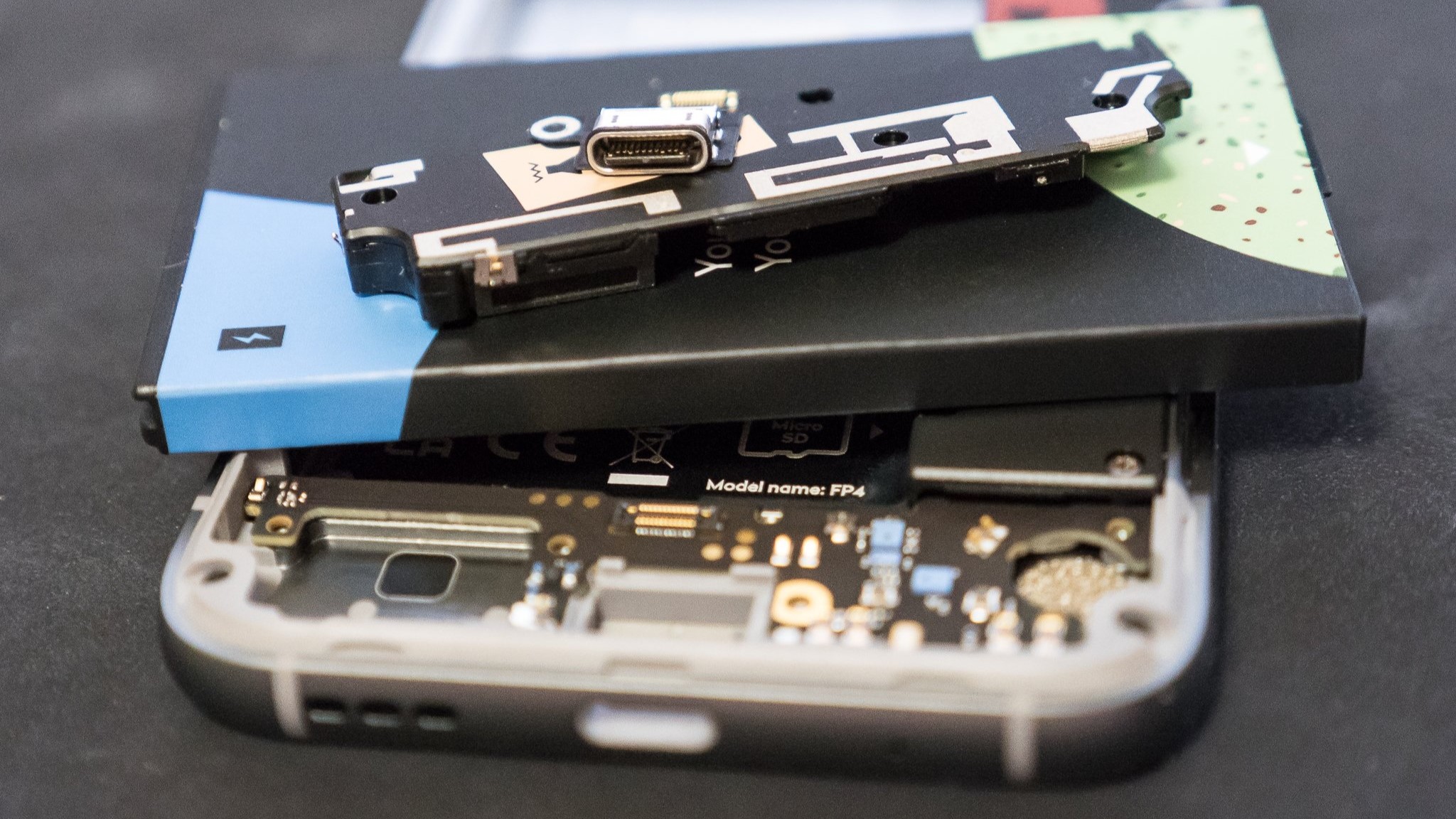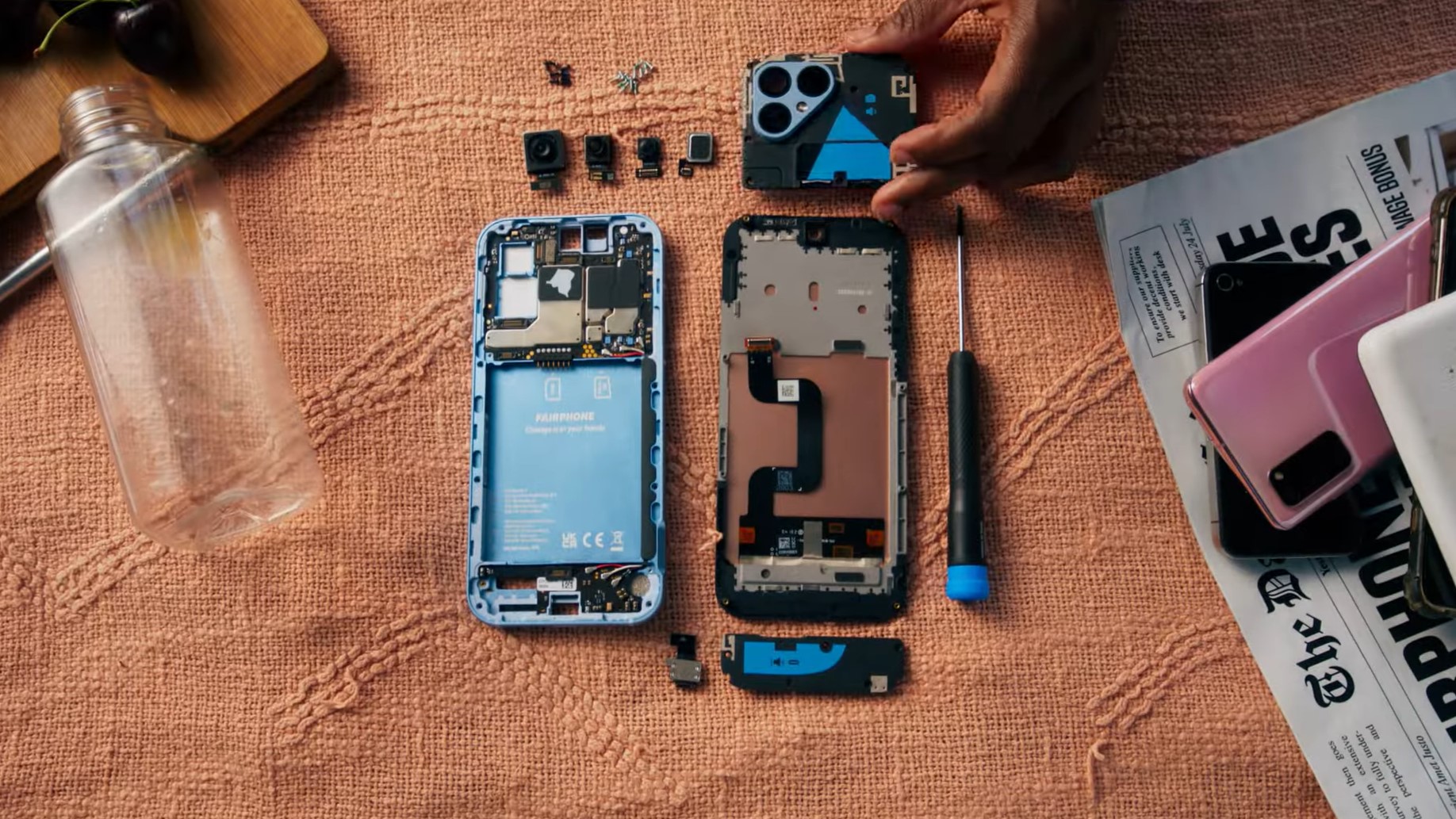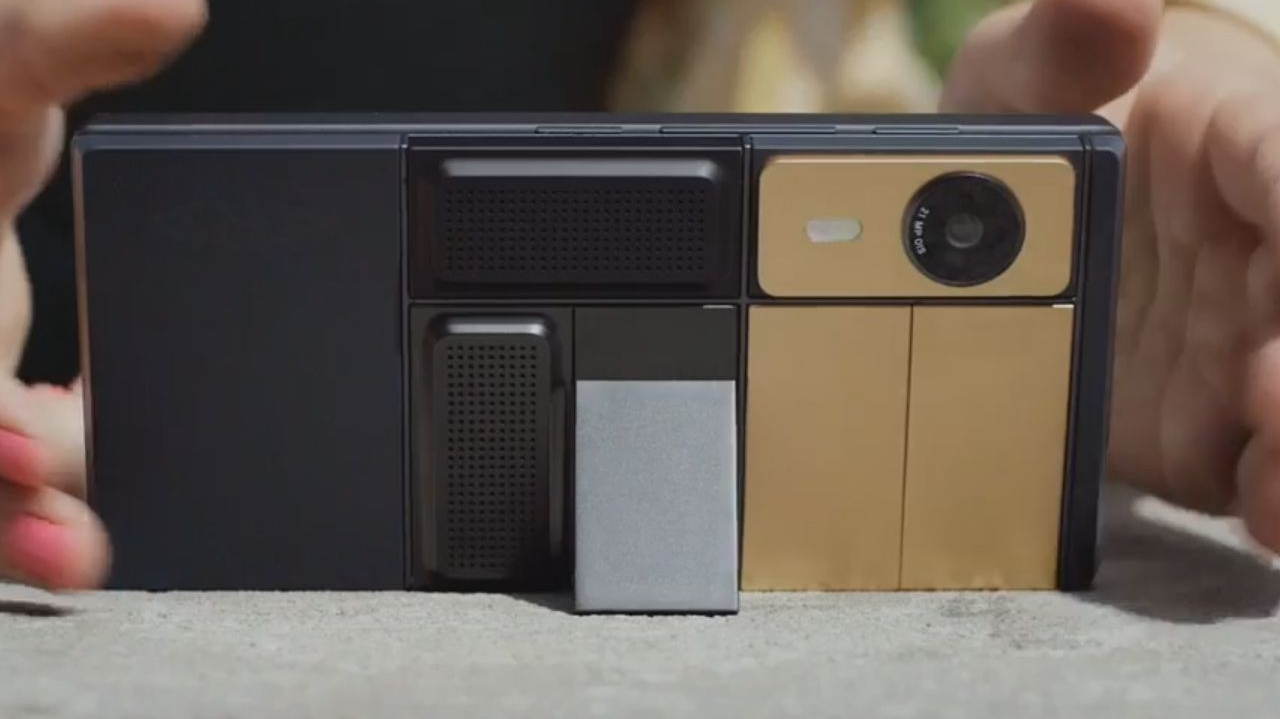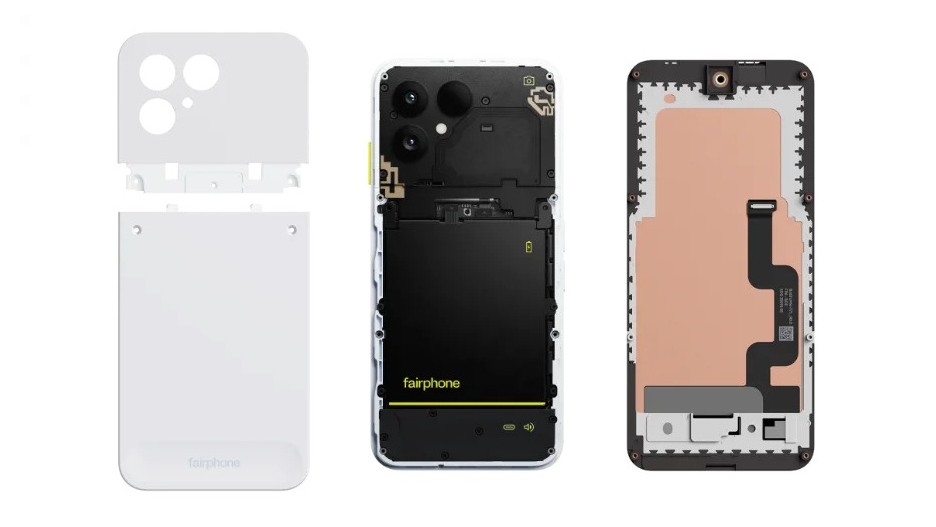A modular phone isn't what you think, but it's still pretty cool
The idea of the modular phone has changed a lot over the years, but in a good way.


How it works, explained in a way that everyone can understand. Your weekly look into what makes your gadgets tick.
Welcome to Tech Talk, a weekly column about the things we use and how they work. We try to keep it simple here so everyone can understand how and why the gadget in your hand does what it does.
Things may become a little technical at times, as that's the nature of technology — it can be complex and intricate. Together we can break it all down and make it accessible, though!
You might not care how any of this stuff happens, and that's OK, too. Your tech gadgets are personal and should be fun. You never know though, you might just learn something ...
What makes a phone modular?

A few years ago, the idea of a modular phone was hatched. Companies talked about products like Phoneblocks and Project Ara, and we really liked what we were hearing. They were phones that were user-configurable; you decided things like which processor to use, how much memory, what camera lenses, and so on.
What made them a cool idea was that you could also swap those parts out and change them later. Think of building a custom computer and deciding what parts you want, then upgrading one of them a while later.
That never materialized and frankly, was never going to be feasible. Phones use core components that are all attached permanently to a main circuit board, and your only choice is to change the whole (expensive) board. There was never going to be a battery-powered device with swappable components that wasn't a couple of pounds in weight, and it would run so hot you could never use it.

The modular name stuck, though, and like a lot of things, its definition changed. Now, when you think of a modular phone, you're talking about something that's user-serviceable; you don't need industrial tools to open and replace some of the parts that often need to be replaced.
Get the latest news from Android Central, your trusted companion in the world of Android
Unlike phones at the other end of the repairability scale, like foldables, modular phones are designed to be sustainable. The companies that make them sell parts like a new battery or a replacement screen, and with a screwdriver and a guitar pick, you can change them yourself at your dining room table.
When you hear people talk about a modular phone, this is what they mean. Phones like the new Fairphone or the HMD Skyline are built with the idea that you can change the parts that tend to break or wear out, allowing you to keep using them longer. Combined with the software support we see from some companies, you could use a phone for six or seven years.
This meaning of modular is a lot better

I admit the idea of upgrading the chip inside your phone next year when newer and more powerful versions come out is way cool. It's also impossible. What we have is almost as good, and in some ways, even better.
You're probably going to buy a new phone this year or next. It's what we do and what we have learned to do. No matter how much we like what we already have, it will wear out or simply be set aside so something newer and "better" can replace it.
What if you could keep the phone you loved when you bought it running the very same way for years? That's what "modular" offers. If you get clumsy and bust the screen, you buy a new screen and replace it. When the battery wears out, you pop a brand-new one in. Even parts like camera lenses or USB ports have been designed to be replaced on some phones without buying a whole new set of guts to drop in.
New stuff will still be tempting, partially because the companies making it will tell us how much better it is than what you're holding right now. But knowing exactly what to expect and being able to keep it that way is great. Some things simply don't have to be disposable.

If you're not the right person when it comes to holding a screwdriver, modular means low repair costs, too. If it's easy for us to fix, it's also easy for someone with the right tools and knowledge to dig into.
You can think of the word sustainable when you hear modular; they mean the same thing. I only wish more phones were built this way.

Jerry is an amateur woodworker and struggling shade tree mechanic. There's nothing he can't take apart, but many things he can't reassemble. You'll find him writing and speaking his loud opinion on Android Central and occasionally on Threads.
You must confirm your public display name before commenting
Please logout and then login again, you will then be prompted to enter your display name.
